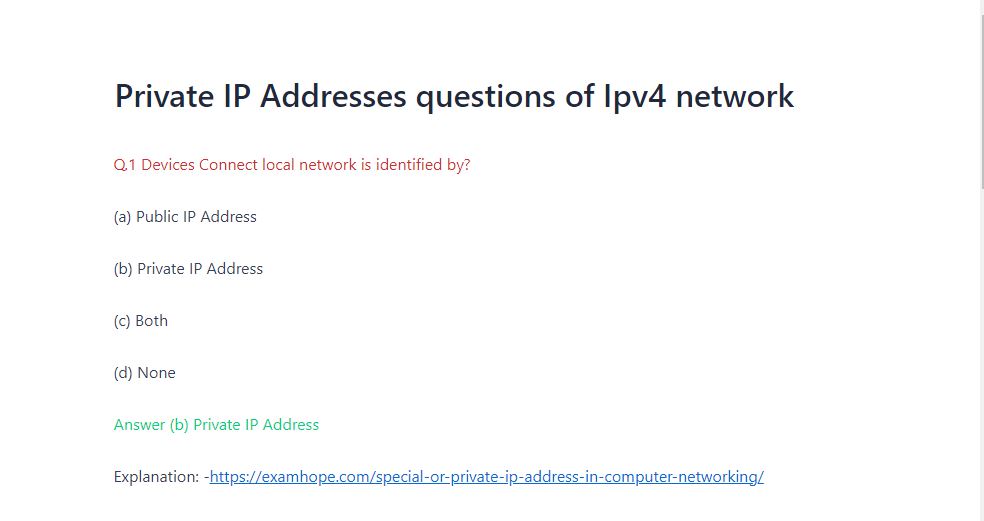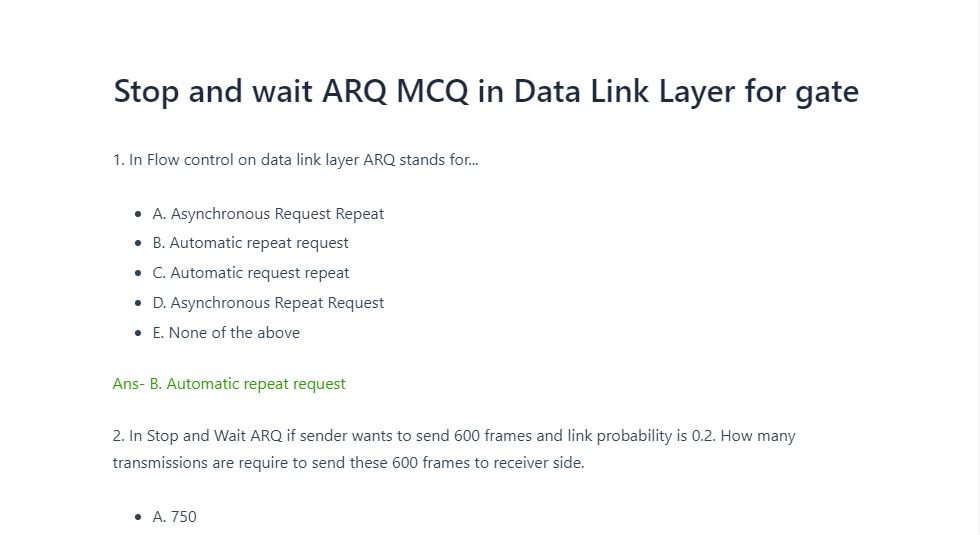External Data Representation (XDR) is a standard for data serialization, designed to provide a platform-independent way to encode and decode data structures so they can be transmitted between different computer systems, even if those systems use different architectures, byte orders, or data formats.
XDR was developed by Sun Microsystems in the late 1980s as a way to ensure that data could be exchanged between systems with different architectures in a way that was independent of machine-specific details, such as endianness, data types, and system word sizes.
The primary use of XDR is in network communication protocols where different systems need to exchange data. It ensures that data is consistently and accurately transmitted and interpreted between systems that may have very different internal representations of data.
Key Concepts of XDR
- Platform Independence:
XDR provides a consistent and standardized way of representing data, regardless of the machine architecture. This is particularly useful in distributed systems where machines may differ in terms of processor architecture, endianness (byte order), or system word size. - Data Representation:
The key purpose of XDR is to standardize how data types are represented when sent across a network. This includes primitive data types (e.g., integers, floats, strings) as well as more complex data structures (e.g., arrays, structs, etc.). - Network Byte Order:
XDR uses network byte order, which is a standardized byte order that uses big-endian format. This ensures that regardless of the sender’s or receiver’s architecture (little-endian or big-endian), data will be represented consistently for transmission. - Data Encoding and Decoding:
XDR defines rules for converting complex data types into a byte stream (encoding) and for converting the byte stream back into the original data types (decoding). This is crucial for sending data over networks where the data format must be standardized. - Data Types Supported by XDR:
XDR supports a variety of data types, including both primitive and complex data structures:- Integer types: 32-bit signed integers (
int), unsigned integers (unsigned int), and 64-bit types. - Floating-point types: 32-bit and 64-bit IEEE floating-point types.
- String types: Null-terminated strings, as well as opaque byte sequences (e.g., blobs of binary data).
- Boolean types: A single byte used to represent boolean values (
TrueorFalse). - Arrays and Structures: XDR also supports encoding arrays and structures that can contain multiple data types.
- Opaque Types: Binary data that is treated as a sequence of bytes, without any interpretation of its internal format.
- Integer types: 32-bit signed integers (
- XDR Encoding/Decoding Functions:
XDR provides specific encoding and decoding functions for each supported data type. These functions are responsible for converting the data into the standardized format and for reversing the process. The encoding is done in a platform-independent way, making it suitable for network communication.Common functions in XDR include:xdr_int: Encodes/decodes a 32-bit signed integer.xdr_float: Encodes/decodes a 32-bit floating-point number.xdr_string: Encodes/decodes a string.xdr_array: Encodes/decodes an array of data.
- RPC and XDR:
XDR is commonly used in Remote Procedure Call (RPC) systems. When an RPC request is made from a client to a server, XDR is used to serialize the arguments and results in a standardized way so that they can be transmitted over the network, regardless of the underlying machine architecture. - Efficiency and Portability:
XDR is designed to be efficient and portable. The data representation is optimized for network transmission, which ensures that the serialized data is compact and fast to transmit. It also helps ensure portability, as the same encoded data can be decoded correctly on any platform that adheres to the XDR standard.
How XDR Works
1. Data Encoding
When an application needs to send data over a network or store it for transmission, the data is encoded using XDR. Encoding involves converting the data from its native representation (dependent on the sender’s architecture) into a standardized format.
For example, a 32-bit integer on a little-endian machine (where the least significant byte is stored first) would be converted to network byte order (big-endian) before transmission.
2. Data Transmission
Once the data is encoded in XDR format, it is transmitted over the network as a sequence of bytes. Because the data is in a standardized format (network byte order and consistent data representation), it can be transmitted between different systems without any loss or misinterpretation of information.
3. Data Decoding
The receiving system decodes the byte sequence into the original data structure. Since XDR ensures that data is encoded in a consistent manner (network byte order and standardized representation), the receiving system can decode it without worrying about differences in architecture or byte order.
For example, a 32-bit signed integer encoded in XDR format will be decoded into the appropriate integer type on the receiving system, regardless of whether that system is little-endian or big-endian.
4. Cross-Platform Compatibility
XDR ensures that data can be exchanged between systems with different architectures (e.g., x86, ARM, etc.), operating systems (Linux, Windows, etc.), and byte orders (little-endian, big-endian) without any data loss or misinterpretation. The data is represented in a platform-independent manner, so all participating systems can interpret it correctly.
XDR Data Format Example
Here’s an example of how an integer and a string might be encoded using XDR:
- Integer:
A 32-bit integer might be encoded in 4 bytes (network byte order). If the integer is1234, the XDR encoding might look like this:CopyEdit0x00 0x00 0x04 0xd2These bytes represent the integer1234in network byte order (big-endian). - String:
A string, such as"Hello", would be encoded in XDR as a sequence of characters followed by a null terminator (for C-style strings). The encoding might look like:CopyEdit0x48 0x65 0x6c 0x6c 0x6f 0x00These bytes represent the string"Hello"followed by a null byte (0x00).
Applications of XDR
- Remote Procedure Calls (RPC):
XDR is commonly used in RPC systems to serialize and deserialize arguments and results before transmission. For example, the Sun RPC system uses XDR to ensure compatibility between different platforms and architectures. - Network Protocols:
Many network protocols, especially in distributed computing environments, use XDR for data encoding. It provides a standardized way to encode data for network transmission, making it easier to implement cross-platform communication. - File Formats:
XDR can be used for creating file formats that need to store data in a portable and consistent manner. By encoding data in XDR format, the file can be read and written by systems with different architectures. - Distributed Systems:
In distributed systems, XDR ensures that data is correctly transmitted and interpreted between nodes, which may run on different hardware and software platforms. - Interoperability:
XDR ensures interoperability between systems with differing internal data representations, making it ideal for heterogeneous environments where devices and systems with different architectures need to communicate.
Conclusion
XDR (External Data Representation) is a crucial technology for ensuring platform-independent data serialization, especially in distributed systems and network communication. It allows systems with different architectures, byte orders, and data formats to exchange data without any issues. By providing a standardized way of encoding and decoding data, XDR ensures that applications can communicate seamlessly, regardless of the underlying hardware or software differences.
XDR’s role in Remote Procedure Calls (RPC), network protocols, and distributed systems makes it an essential tool in creating interoperable and reliable cross-platform communication.



One thing is the fact that one of the most common incentives for applying your credit card is a cash-back or maybe rebate offer. Generally, you get 1-5 back with various purchases. Depending on the card, you may get 1 returning on most expenditures, and 5 again on expenditures made at convenience stores, gasoline stations, grocery stores along with ‘member merchants’.
https://www.ahay.org/data/midpts/bei-agc.rsf
Thanks for expressing your ideas with this blog. Furthermore, a fantasy regarding the financial institutions intentions if talking about foreclosures is that the bank will not take my installments. There is a degree of time which the bank will take payments every now and then. If you are very deep inside hole, they are going to commonly demand that you pay the particular payment 100 . However, that doesn’t mean that they will not take any sort of payments at all. Should you and the standard bank can seem to work something out, your foreclosure process may cease. However, when you continue to miss payments beneath new program, the foreclosed process can just pick up where it left off.
The articles you write help me a lot and I like the topic http://www.kayswell.com
I appreciate, cause I found just what I was looking for. You have ended my 4 day long hunt! God Bless you man. Have a nice day. Bye